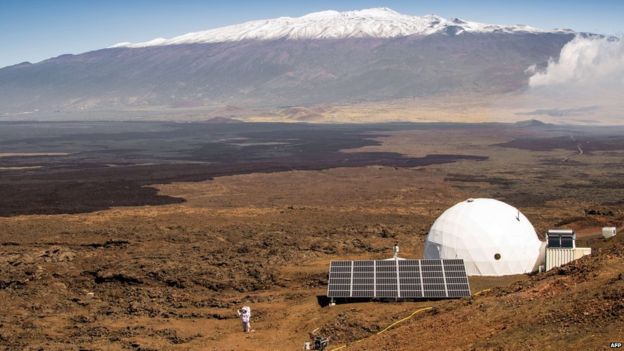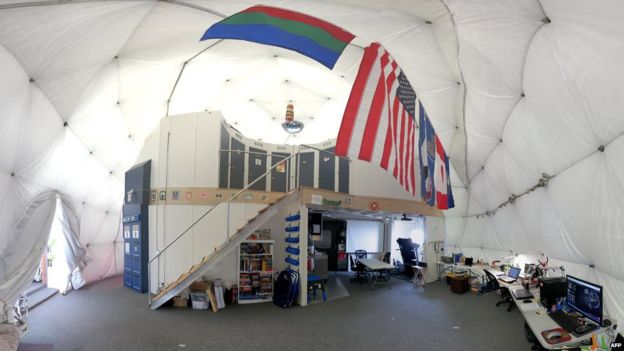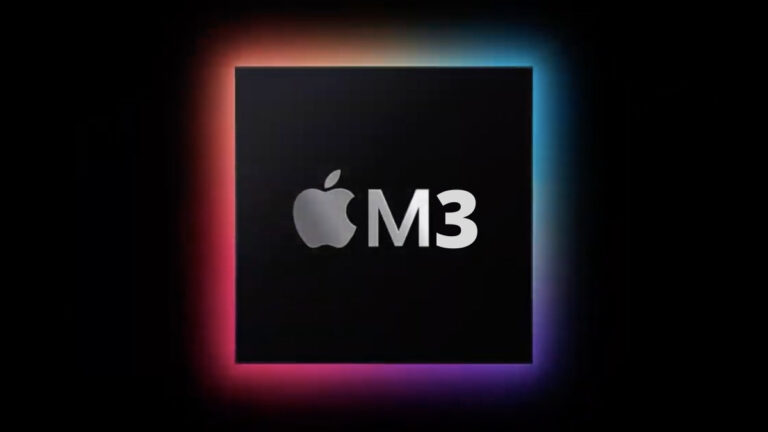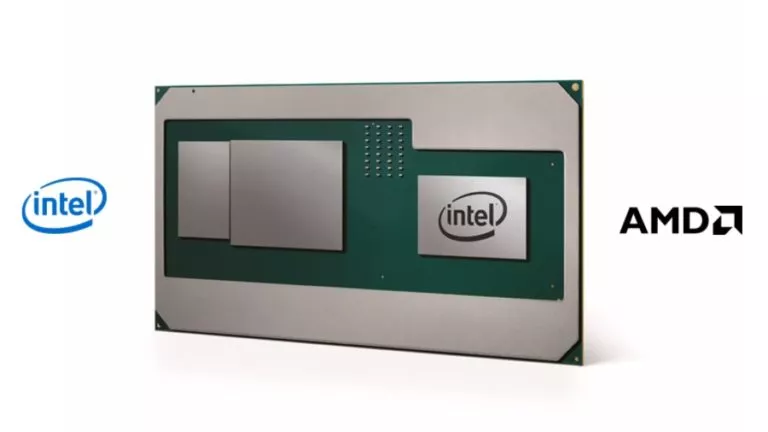Humans on Mars: NASA Starts Year-long Isolation to Simulate Mars Trip

 Short Bytes: To prepare itself for the future manned Mars mission, NASA has started training a team of recruits by sending them to live in a dome near a barren volcano in Hawaii. This is being done to train them to simulate what life would be like on Mars.
Short Bytes: To prepare itself for the future manned Mars mission, NASA has started training a team of recruits by sending them to live in a dome near a barren volcano in Hawaii. This is being done to train them to simulate what life would be like on Mars.
NASA has started this simulation on Friday and it will last for a year, making this one of the longest of its type. Notably, experts estimate that a human mission to Mars would take a period of 1-3 years. The team living inside the Hawaii dome consists of six people, who will be spending their life without fresh air, fresh food, entertainment and foreign interaction.
According to BBC, the team closed themselves inside the dome at 15:00 local time on Friday (01:00 GMT Saturday). The dome measures just 36ft (11m) in dia. and is 20ft (6m) tall.
To roam outside the dome, the team members will need a spacesuit- just the space missions. Inside the dome, each of them will be having a small cot for sleeping and a desk. Their other belongings include powdered cheese and canned tuna.
“I think one of the lessons is that you really can’t prevent interpersonal conflicts. It is going to happen over these long-duration missions, even with the very best people,” said Kim Binsted, a Nasa investigator.

As mentioned above, the team consists of six people- A French astrobiologist, a German physicist and four Americans- an architect, a pilot, and a soil scientist. This program called Hawaii Space Exploration Analog and Simulation (HI-SEAS) is costing about $1.2 million. According to principal investigator Kim Binsted, “that is very cheap for space research. It is really inexpensive compared to the cost of a space mission going wrong.”
Also read: NASA Invites You To Send Your Name To Mars On InSight
NASA will be studying how these this simulation works before stepping ahead on Mars journey. NASA expects to reach the Red planet in 2030s.
Having something to add? Tell us in the comments below.
[adinserter block=”12″][adinserter block=”13″]






